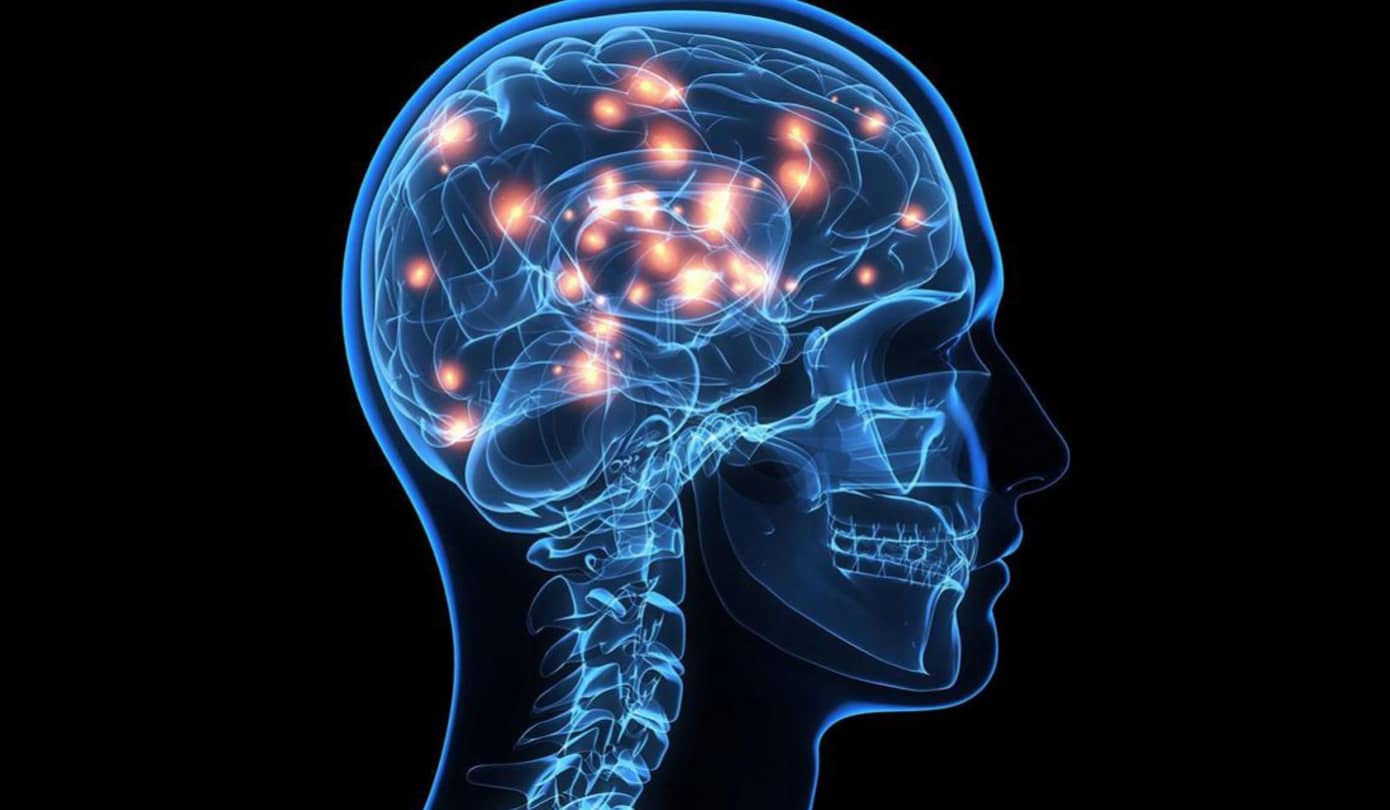Neuroscience and neuroscience research includes in many aspects, and most importantly some human functions, but it also plays an important role in better understanding of a broad variety of common conditions.
- Down syndrome
- Autistic spectrum disorders
- ADHD
- Schizophrenia
- brain tumors
- Addictions
- Parkinson’s disease
- Epilepsy
- Some kind of strokes
- Immune disorders likely multiple sclerosis
There is a better understanding of neurological factors that would aid in developing medications and other procedures to take care of and avoid some of these and many other physical problems.
History of Neuroscience
- The ancient Greeks were the first people who study about the brain. In this study, they needed to understand the responsibility of the brain and how it worked and give details about neural disorders.
- On the basis of an article of American science and also on the basis of the theories of a Greek philosopher Aristotle, it is believed that the brain is working behind the principle of the blood-cooling mechanism.
- According to the statement of Pierre Paul and he was known as a French physician, anatomist, and a surgeon. He has worked with brain-damaged patients. And after several processes of investigations, finally he concluded that the different regions present in the brain were concerned in various functions.
- Broca is known as the small part of the brain and it is responsible for speech and moments of the body. In case any damage in this area may cause stroke may lead to the condition called Broca’s aphasia. In this case, the affected patient may lose his/her usual speech.
- In the time of the 19th century, a German physician and physicist named Von Helmholtz measured the speed of the electrical impulses that nerve cells produce.
- During the times of 1873, Gamillo Golgi, an Italian physiologist, scientist, and pathologist utilized a silver chromate salt to visualize a structure of neurons.
- During the early times of the 20th century, Santiago Ramón y Caja, a Spanish pathologist, neuroscientist, and histologist stated that the neurons are a collection of independent nerve cell units.
Branches of Neuroscience
There are several branches are there in the field of neuroscience. They are,
- Affective Neuroscience
- Behavioral Neuroscience
- Clinical Neuroscience
- Cognitive neuroscience
- Computational neuroscience
- Cultural neuroscience
- Developmental neuroscience
- Molecular and cellular neuroscience
- Neuro engineering
- Neuroimaging
- Neuroinformatics
- Neurolinguistic
- Neurophysiology
Affective neuroscience:
It is the study about neurons when involves in the emotions.
Behavioral neuroscience:
This is the study that involves the characteristics of neurons when involves in the behavior.
Clinical neuroscience:
Medical specialists, such as health care professionals, neurologists, and psychiatrists, are involved in the treatments and diagnosis of the disorders in the nervous system.
Cognitive neuroscience:
In this part, it is the study of the formation of the brain and how it controls the thoughts and the neural factors about the process.
Computational neuroscience:
in this part, scientists attempt to recognize how brains compute. They use computers to simulate and model brain functions and applying methods from mathematics, physics, and other computational fields to study the functions of the function.
Cultural neuroscience:
This field is the study of the interaction between cultural factors and their genomic, neural, and psychological processes. It is a novel branch and it helps to give details about the differences in health measures between various populations.
Developmental neuroscience:
This is the study of the growth and development of the nervous system, from start to end. The gathered information helps scientists to understand more about how the neurological systems grow and improve. And this process helps to understand the variety of developmental disorders.
Molecular and cellular neuroscience:
This is the field whereas; the scientists investigate the role of individual molecules, genes, and proteins in the nerves of the nervous system at a molecular and cellular level.
Neuroengineering:
Researchers utilize engineering methods for better understanding, replacing, repairing, or improving neural systems.
Neuroimaging:
This is a study of medical imaging techniques that focuses on the brain. Neuroimaging is involved in diagnosing disease and assessing the health of the brain. It can also be helpful in the study of the brain such as how it works, and how different activities affect the brain, and much more.
Neuroinformatics:
This field is the collaboration of computer scientists and neuroscientists. Experts build up effectual ways to collect, analyze, share, and publish the data.
Neurolinguistics:
In this branch, some specialists investigate how the brain enables us to obtain, store, understand, and express language.
Neurophysiology:
In this field, it is the study about how the brain and its functions relate to different parts of the body.
For any other enquiries concerning about your application process or admission process we are here to aid you with the same and please contact 91 8681018401.








